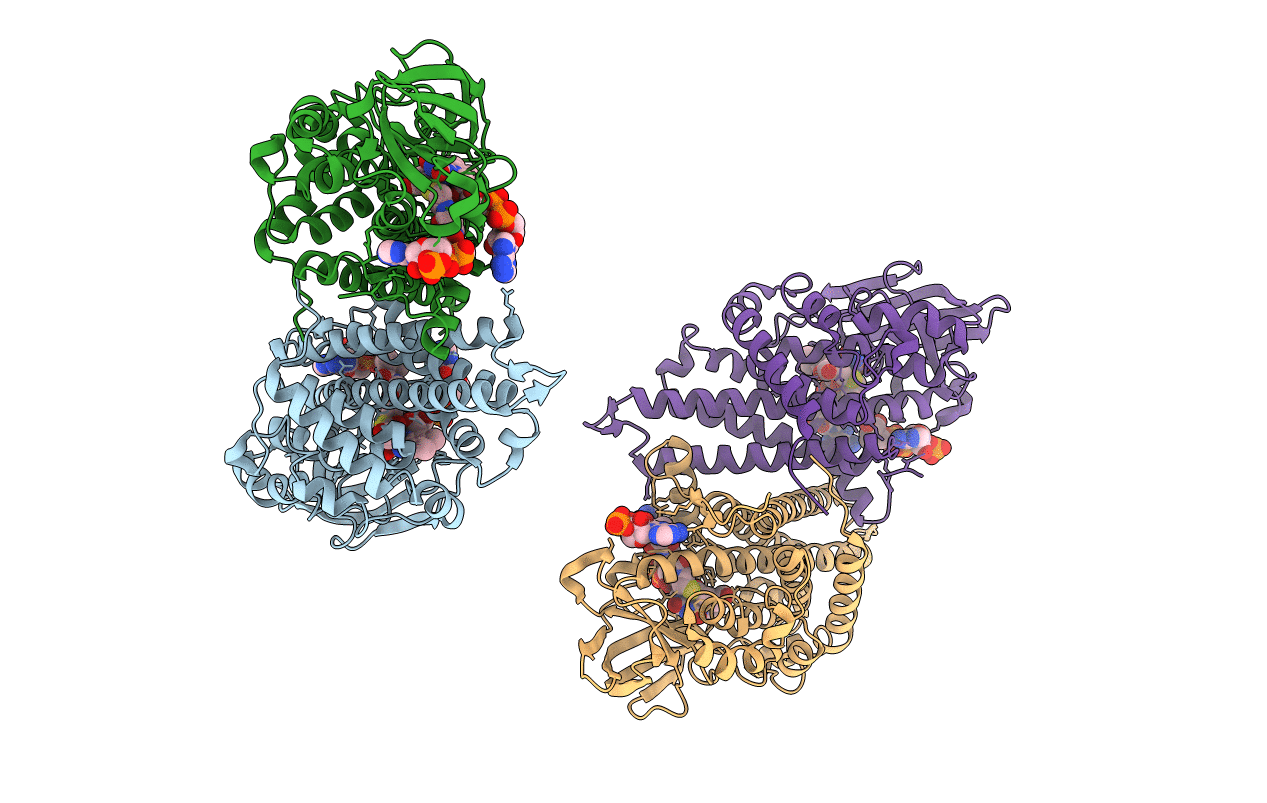
Deposition Date
2010-04-27
Release Date
2010-08-18
Last Version Date
2023-09-20
Entry Detail
PDB ID:
3MPI
Keywords:
Title:
Structure of the glutaryl-coenzyme A dehydrogenase glutaryl-CoA complex
Biological Source:
Source Organism:
Desulfococcus multivorans (Taxon ID: 897)
Host Organism:
Method Details:
Experimental Method:
Resolution:
2.05 Å
R-Value Free:
0.21
R-Value Work:
0.17
R-Value Observed:
0.17
Space Group:
C 1 2 1


